After years of collecting sleep data through Apple Watch, Apple has introduced Sleep Score with iOS 26 and watchOS 26—a feature that transforms raw sensor readings into a single, actionable metric. It's a notable shift in strategy for a company that has historically favored comprehensive data displays over simplified scoring systems.
What Sleep Score Actually Is
Sleep Score provides users with a nightly numerical rating and classification that reflects their overall sleep quality, appearing in the Sleep app on Apple Watch immediately after waking. The system assigns a score on a scale from 1 to 100, along with a descriptive classification ranging from "Very Low" to "Excellent."
What distinguishes Apple's approach is its transparency. Rather than presenting sleep quality as an opaque calculation, the feature breaks down the score into its most critical components, allowing users to understand exactly which factors are affecting their sleep and what to prioritize for improvement.
The Science Behind the Score
Apple's scoring methodology draws from guidance published by the American Academy of Sleep Medicine, National Sleep Foundation, and World Sleep Society, with algorithms developed and tested using over 5 million nights of sleep data from the Apple Heart and Movement Study. This represents a measured approach—Apple waited to gather substantial data rather than rushing a feature to market.
The scoring system evaluates three primary categories, each weighted differently:
Duration (50 points): How long you actually slept
Bedtime Consistency (30 points): How regular your sleep schedule is
Sleep Interruptions (20 points): How frequently your sleep was disrupted
These factors are informed by several underlying measurements: sleep duration, bedtime consistency, wake frequency, and time spent in each sleep stage (Deep, Core, and REM), alongside physiological data including heart rate, wrist temperature, respiratory rate, and blood oxygen levels.
The weighting system itself reveals Apple's priorities. By allocating half the score to duration alone, Apple is acknowledging what sleep research has consistently shown: there's no substitute for simply getting enough sleep. The remaining points balance behavioral factors (when you go to bed) with physiological ones (how often you wake).
How Apple Watch Captures Sleep Data
Apple Watch's sleep tracking operates through a sophisticated array of sensors working in concert. The optical heart sensor continuously monitors heart rate patterns throughout the night. The accelerometer and gyroscope detect movement and position changes. Temperature sensors on the watch back measure wrist temperature deviations. On compatible models, the Blood Oxygen sensor provides additional respiratory insights.
These sensors sample data in 30-second intervals—a deliberate balance between accuracy and battery efficiency. More frequent sampling would drain the battery too quickly for all-night tracking, while less frequent sampling might miss important sleep stage transitions.
Regarding sleep stages specifically, Apple categorizes sleep into three types: Deep sleep (corresponding to N3 in clinical sleep staging), Core sleep (N1 and N2), and REM sleep. The choice to label lighter sleep as "Core" rather than using clinical terminology like N1 or N2 is characteristic of Apple's user-focused approach—it reframes what might sound like "inferior" sleep as foundational rest.
Device Compatibility and Requirements
Sleep Score is available on Apple Watch Series 6 or later, Apple Watch SE (2nd generation) or later, and all Apple Watch Ultra models when paired with iPhone 11 or later running iOS 26. This means every Apple Watch that supports watchOS 26 can use the feature—a software-first strategy that doesn't gate functionality behind the latest hardware.
Interestingly, Sleep Score can also calculate scores from third-party devices that sync sleep data to the Health app. This openness is somewhat uncharacteristic for Apple's ecosystem, though it makes sense given the company's positioning of Health as a comprehensive platform rather than an exclusive walled garden.
A Particularly Useful Detail: Retroactive Scoring
One of the more thoughtful implementations is that Sleep Score works retroactively. After updating to iOS 26, the Health app recalculates scores from historical sleep data where it exists. For users who have been tracking sleep with their Apple Watch for months or years, this means they can immediately see patterns and trends rather than starting from zero.
This retroactive view is where Sleep Score becomes genuinely useful. Sleep quality doesn't reveal itself in a single night—it emerges over weeks and months. Users might discover that seasonal changes affect their sleep consistency, that work stress correlates with reduced deep sleep, or that weekend schedule variations disrupt their entire week.
Accessing Your Sleep Score
The score appears automatically in the Sleep app on Apple Watch each morning. For quick reference, users can add a Sleep Score complication to their watch face or let it appear in the Smart Stack when relevant. In the Health app on iPhone, the score integrates with other health metrics, allowing for longer-term trend analysis.
The interface design follows Apple's recent "Liquid Glass" aesthetic introduced across watchOS 26, with the score displayed prominently alongside colored segments representing different sleep stages. It's clean, readable at a glance, and doesn't require diving through multiple screens to understand the basics.
How This Fits Into Apple's Health Strategy
Sleep Score represents a philosophical shift for Apple's health features. The company has traditionally provided comprehensive data and left interpretation to users or third-party apps. Sleep tracking before iOS 26 offered charts showing sleep stages, heart rate graphs, and respiratory measurements—valuable information, but requiring user effort to synthesize into actionable insights.
With Sleep Score, Apple is acknowledging that sleep tracking sits at the center of smartwatch value by pairing granular data for power users with a clean score for everyone else. This dual approach serves both audiences: casual users get a simple number to track improvement, while detail-oriented users can still examine the underlying data.
The feature also pairs naturally with Apple's other recent health additions. Sleep Score works alongside hypertension notifications (also new in watchOS 26), sleep apnea detection, and the Vitals app that combines multiple health metrics into unified insights. Apple is moving from individual sensors to integrated health assessment.
The Broader Context: Catching Up or Setting Standards?
Samsung, Garmin, and Fitbit have offered sleep scoring for years, making Apple late to this particular feature. But Apple's implementation suggests the delay was deliberate rather than a technical limitation. By waiting to accumulate millions of nights of sleep data and partnering with established sleep research organizations, Apple has aimed for credibility over speed.
Whether the score itself is more accurate or useful than competing implementations remains to be seen and will likely vary by individual. What's notable is Apple's emphasis on transparency—showing users exactly how the score is calculated and which specific factors they can address. Many competing sleep scores feel more like black boxes, offering a number without clear guidance on improvement.
The Battery Life Consideration
The feature's viability depends significantly on Apple Watch's battery life. Apple Watch Series 11 now offers up to 24 hours of battery life and supports fast charging, with just 15 minutes providing up to eight hours of battery life. This makes wearing the watch to sleep more practical, though users with older models will need to be more strategic about charging times.
The conventional wisdom has been to charge Apple Watch during morning routines or evening downtime. With sleep tracking becoming increasingly central to the Apple Watch experience, users will need to find their own rhythm—perhaps a quick charge during a morning shower or while having coffee provides enough power for another night of tracking.
Final Thoughts
Sleep Score is not revolutionary technology, but it's Apple bringing maturity and polish to a feature that many competitors have implemented with varying degrees of success. The combination of scientific grounding, transparent methodology, straightforward presentation, and integration with Apple's broader health ecosystem makes it a worthwhile addition to iOS 26.
For users who have felt overwhelmed by sleep tracking data or unsure how to interpret it, Sleep Score provides a clear starting point. For those who already use third-party sleep apps or analyze their data extensively, it offers another data point to consider—and the retroactive scoring may surface patterns that weren't immediately obvious.
The feature succeeds by doing what Apple does well: taking complex sensor data and health metrics, applying scientific rigor to their interpretation, and presenting the results in a format that's immediately understandable while remaining detailed enough for those who want to dig deeper. Whether that single number between 1 and 100 actually helps people sleep better will depend on whether they act on the insights it provides—but at least now they'll know where to start.
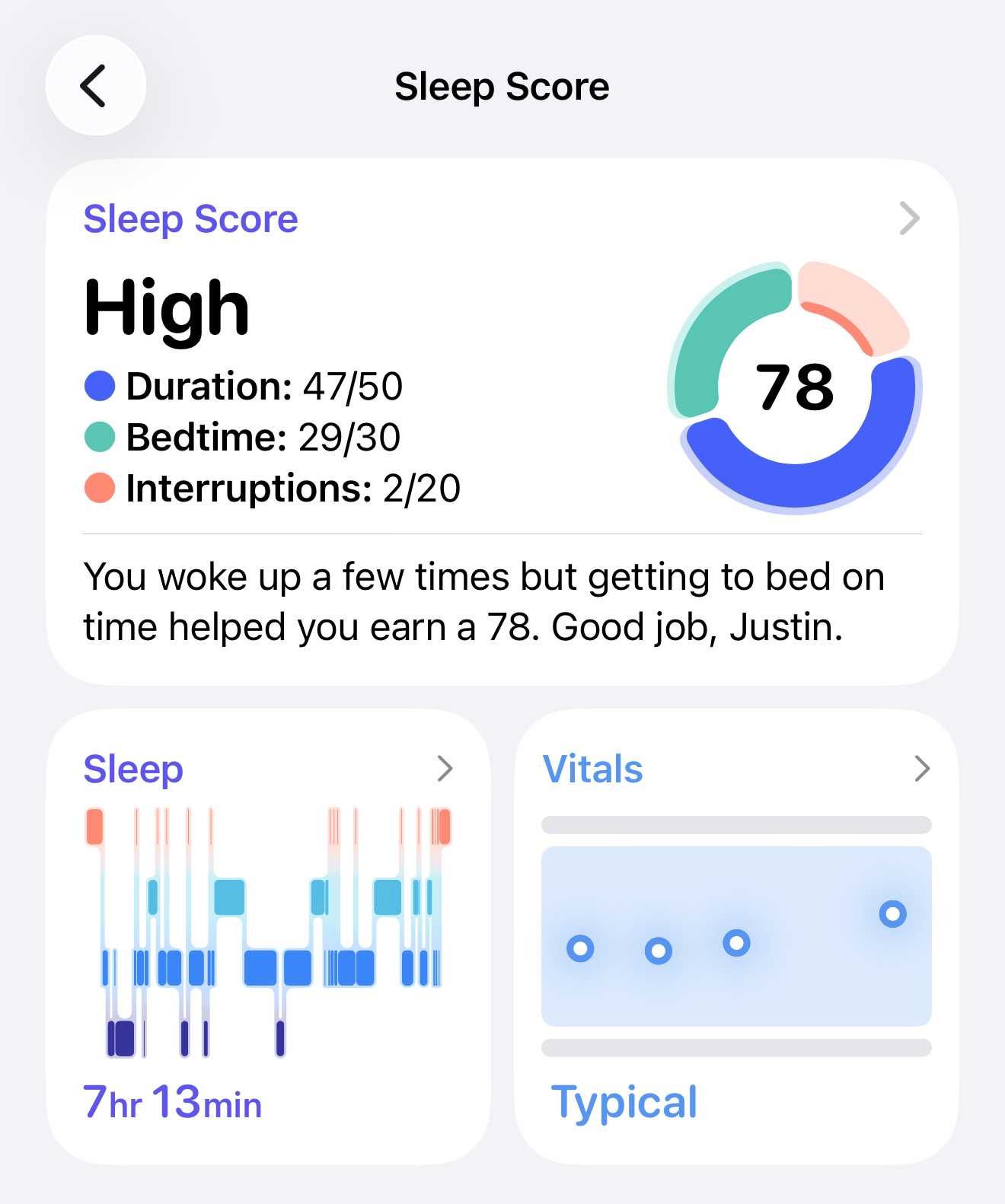
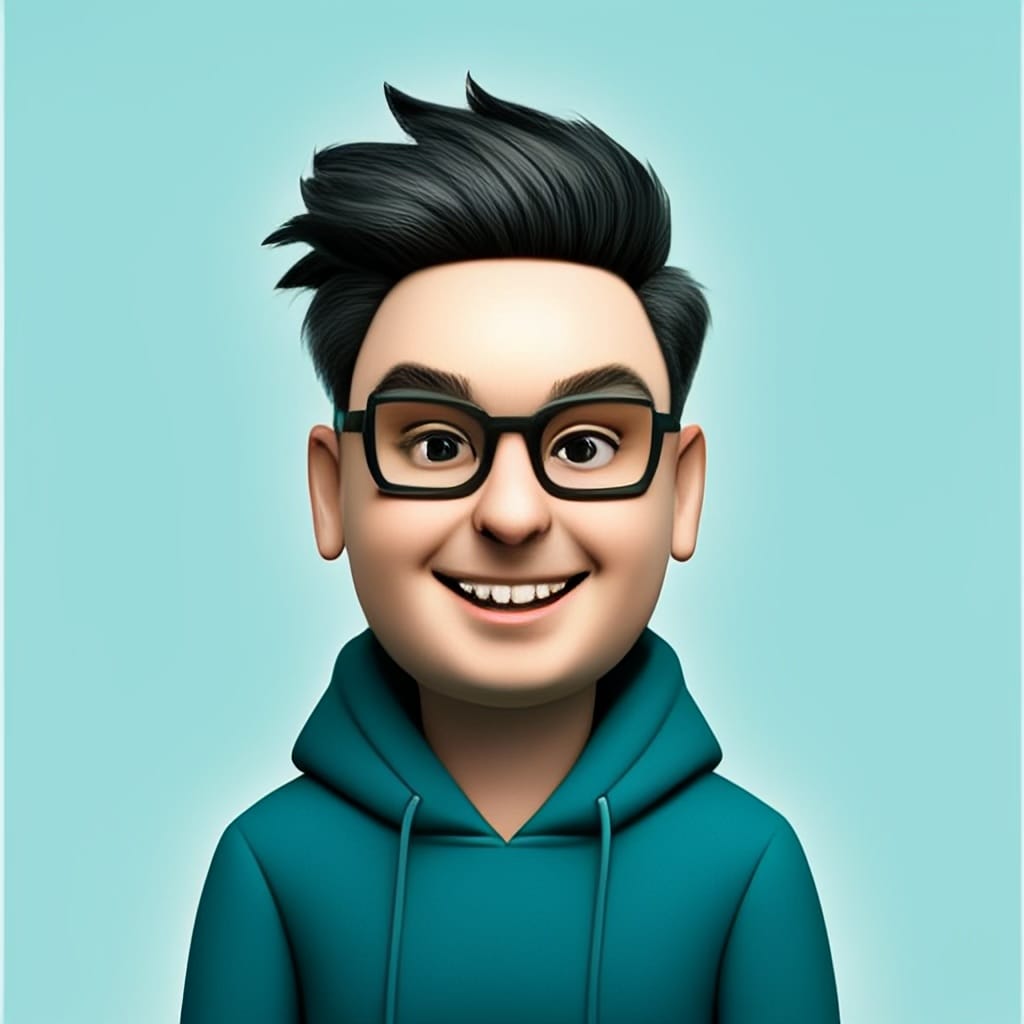
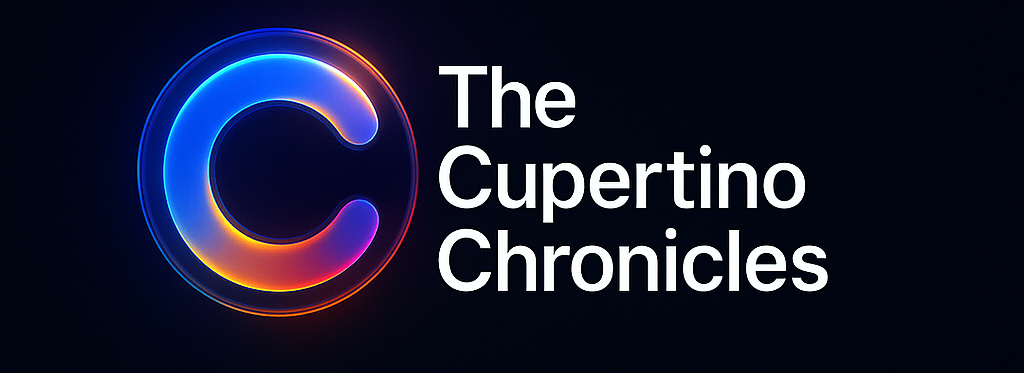
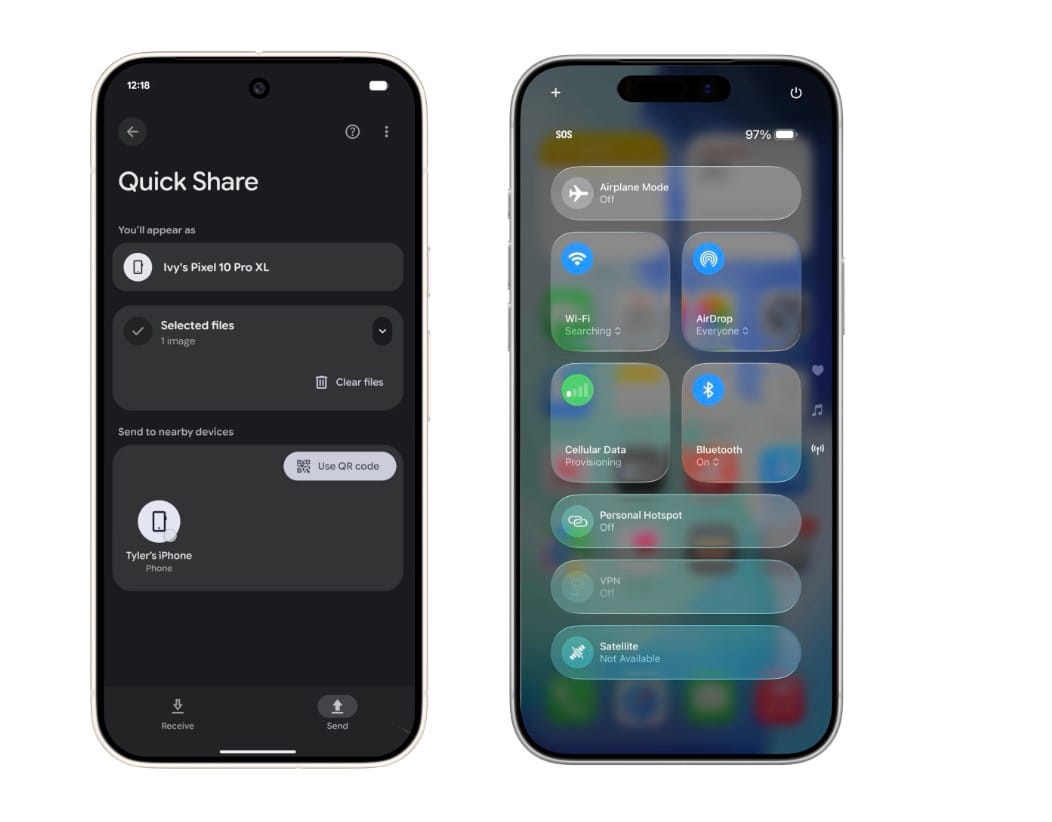
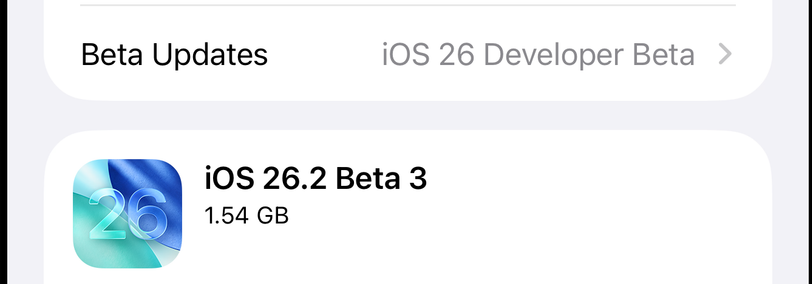
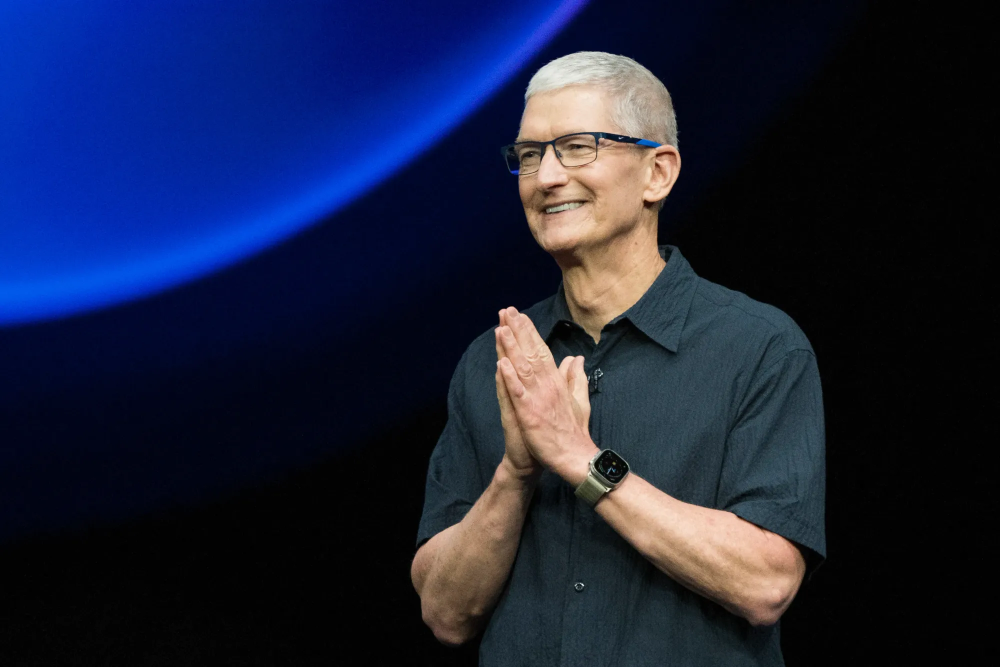
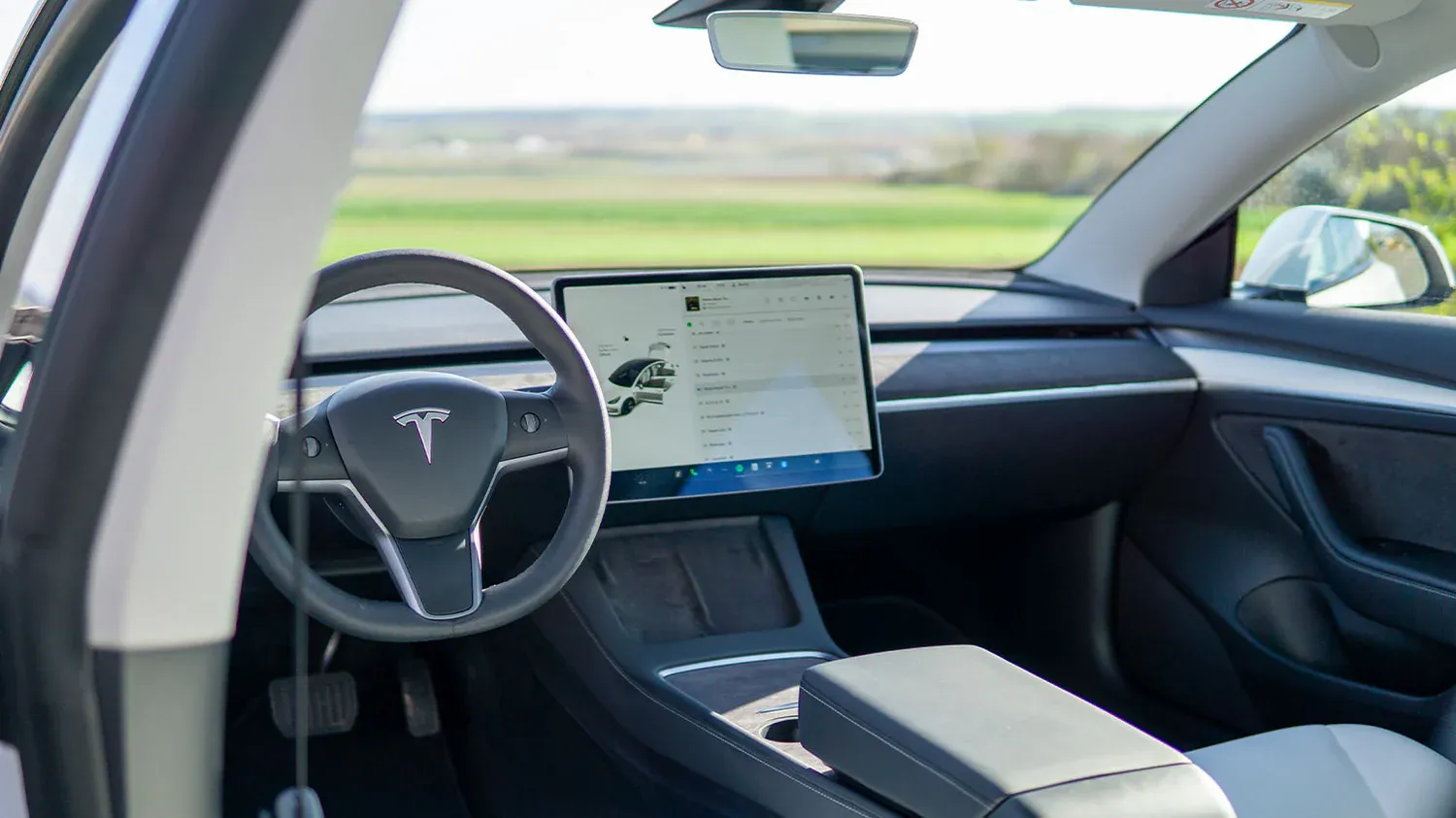
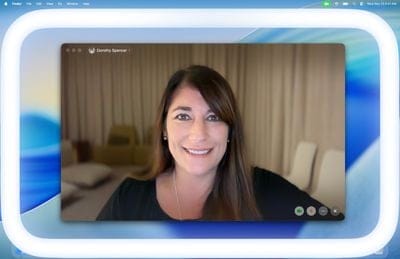
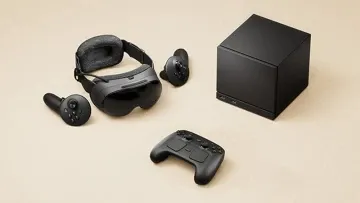
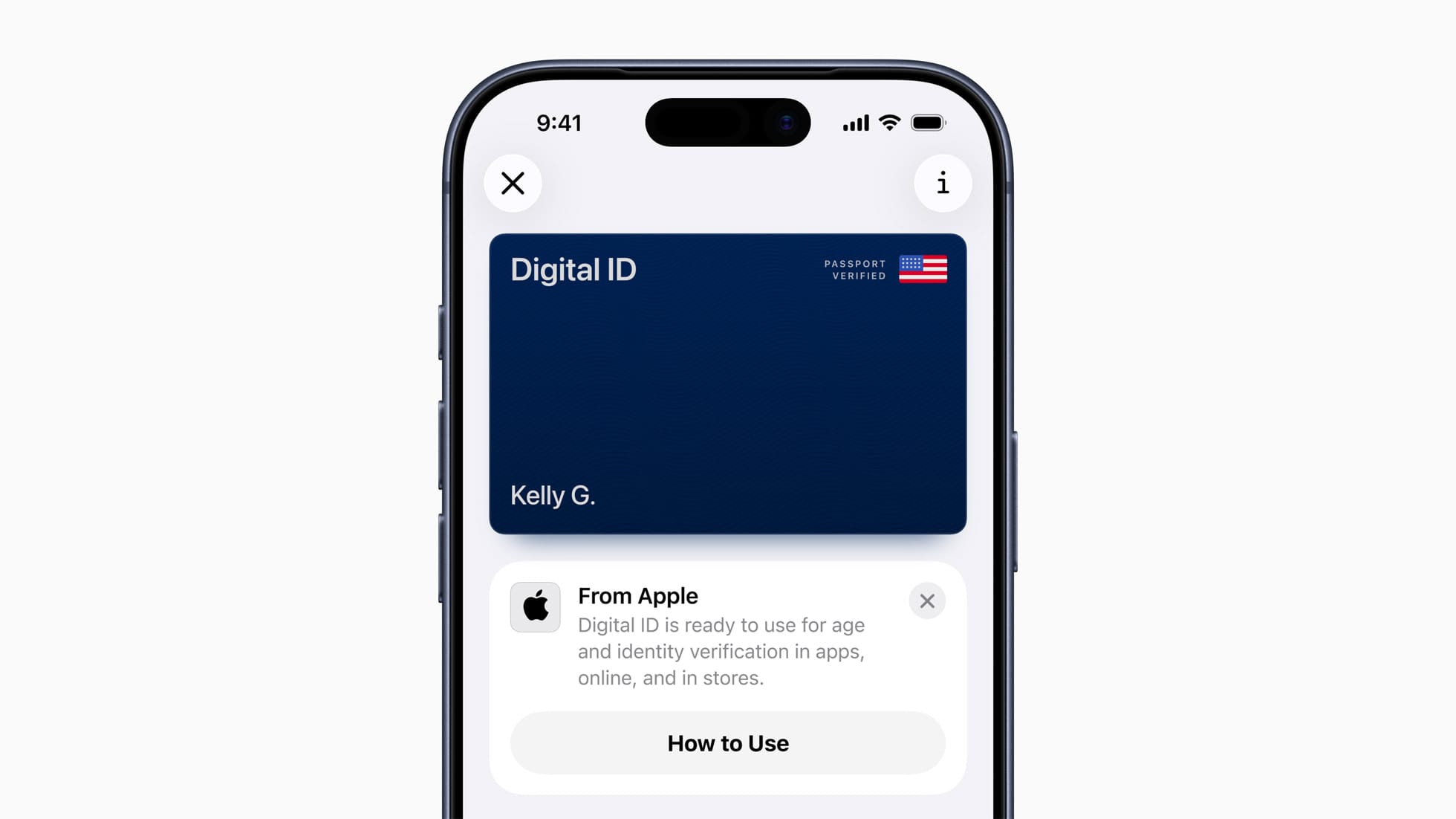
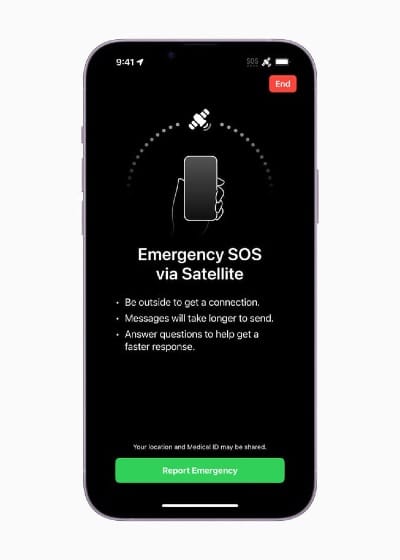
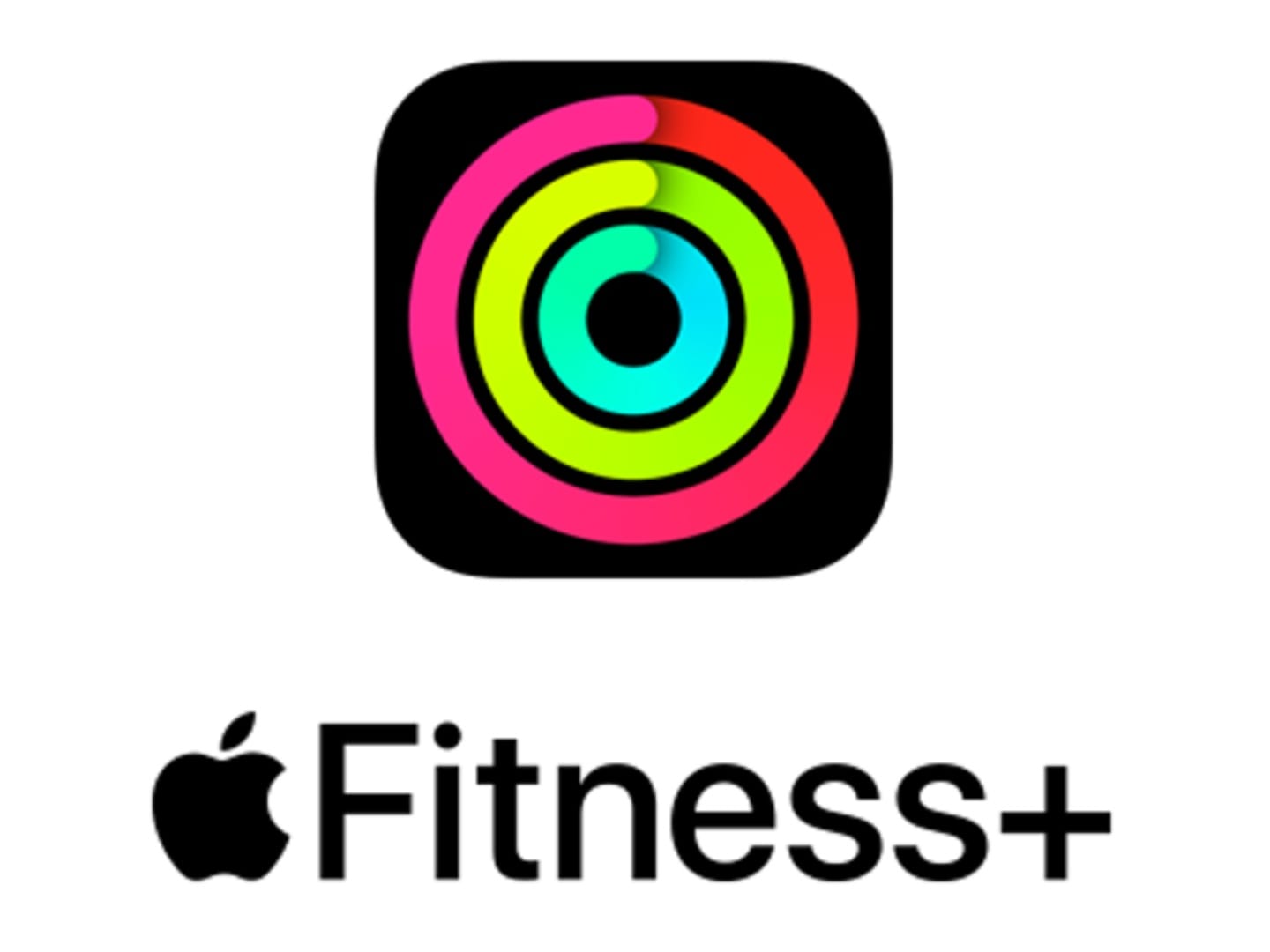
Discussion